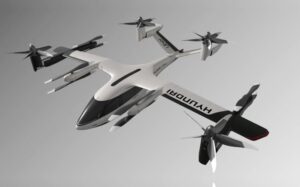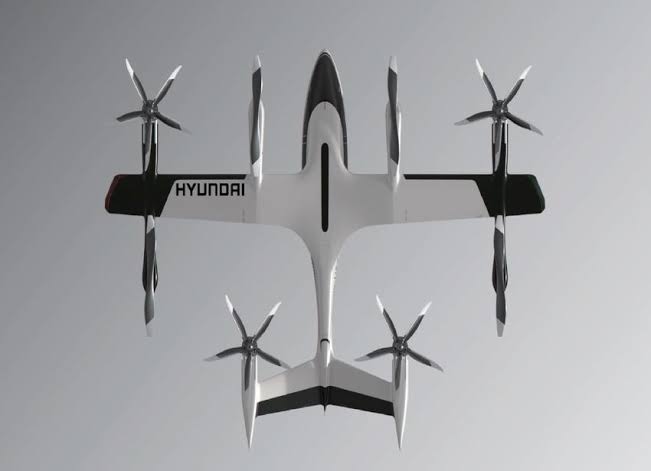The Archipelago Capital Authority (IKN) will conduct a trial of flying taxis before the 79th Anniversary of the Republic of Indonesia next year.
This plan was revealed by Mohammed Ali Berawi, Deputy for Green and Digital Transformation at the DPR RI Complex, this Tuesday (19/9/2023). “The flying taxi trial will be carried out before the 799th Indonesian Independence Day on August 17 22024,” said Mohammed Ali Berawi.
Mohammed Ali Berawi’s statement is certainly interesting. Especially regarding the form of flying taxi which will be tested at IKN next year. It’s just that based on the cooperation carried out by the Indonesian government, the form of flying taxis will be reduced to flying taxis made by Hyundai.
The car company from South Korea has even displayed the form of a flying taxi at the Mobility Exhibition Center at the Taman Mini Indonesia Indah (TMII) Transportation Museum, East Jakarta in 2022. The Hyundai flying taxi concept on display at the TMII Transportation Museum is named the S-A1.
The shape of the flying taxi concept proposed by Hyundai does look very futuristic. It is known that Hyundai first introduced the flying taxi concept at the 2020 Consumer Electronic Show (CES) in Las Vegas, United States. Like the flying taxis that are present in the United States, Hyundai still maintains the same shape when exhibiting at TMII.
In its form, the flying taxi has a configuration of 4 passenger seats and 1 pilot seat, and has a large enough space for bag storage. For technical specifications, it is known that this flying taxi is designed for a cruising range of up to 100 kilometers.
The flight speed is also very interesting because it can reach 290 km per hour. Furthermore, the flying taxi made by Hyundai has met the requirements set by the IKN Authority, namely green mobility. So the flying taxi is one hundred percent powered by electricity. The battery carried by the flying taxi is claimed to be able to reach a height of around 1,000 to 2,000 feet above the ground. “The Hyundai S-A1 will be very quiet compared to conventional helicopters,” said Dr Jaiwon Shin, Head of Urban Air Mobility.





